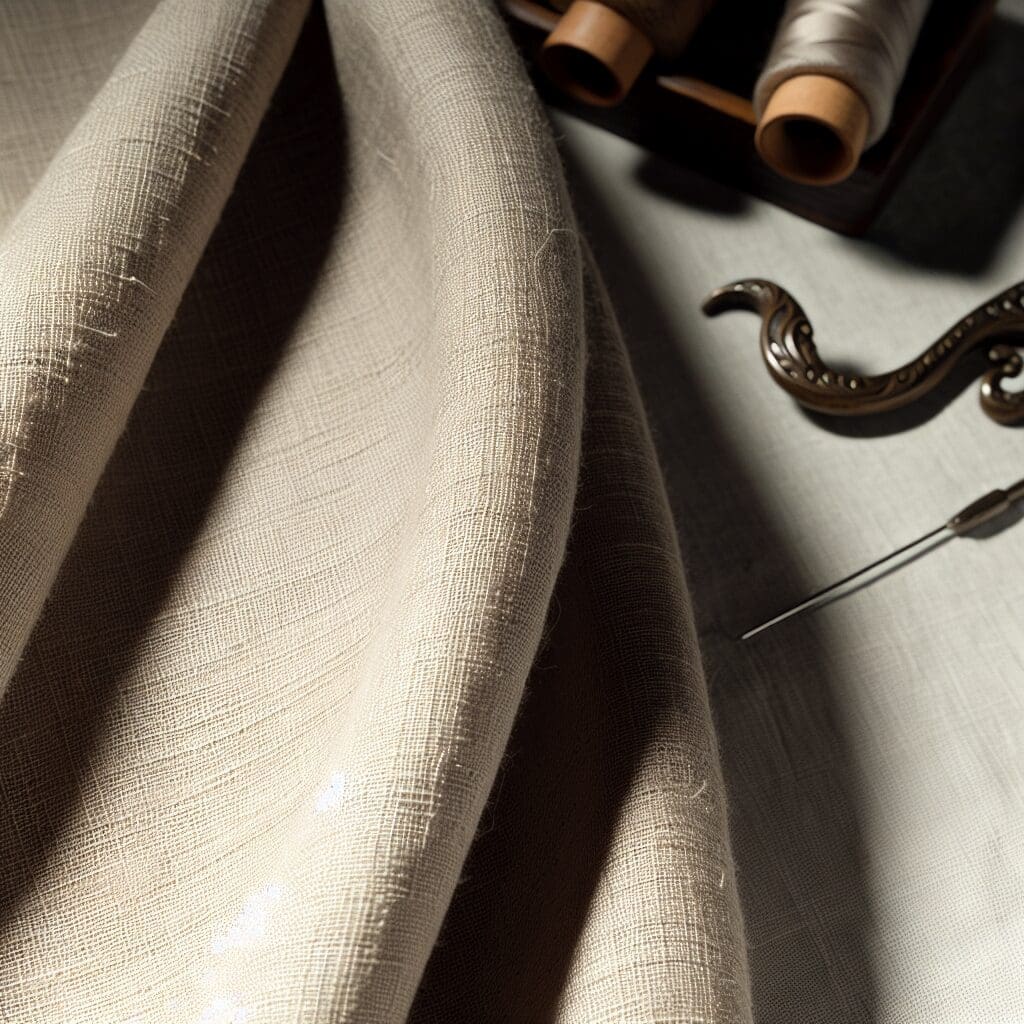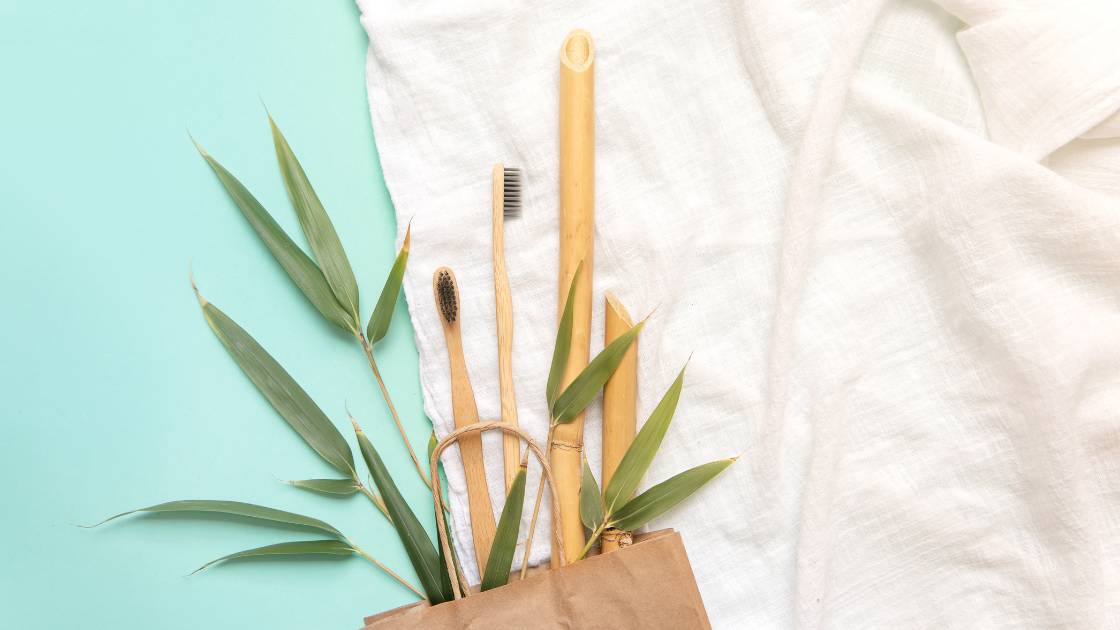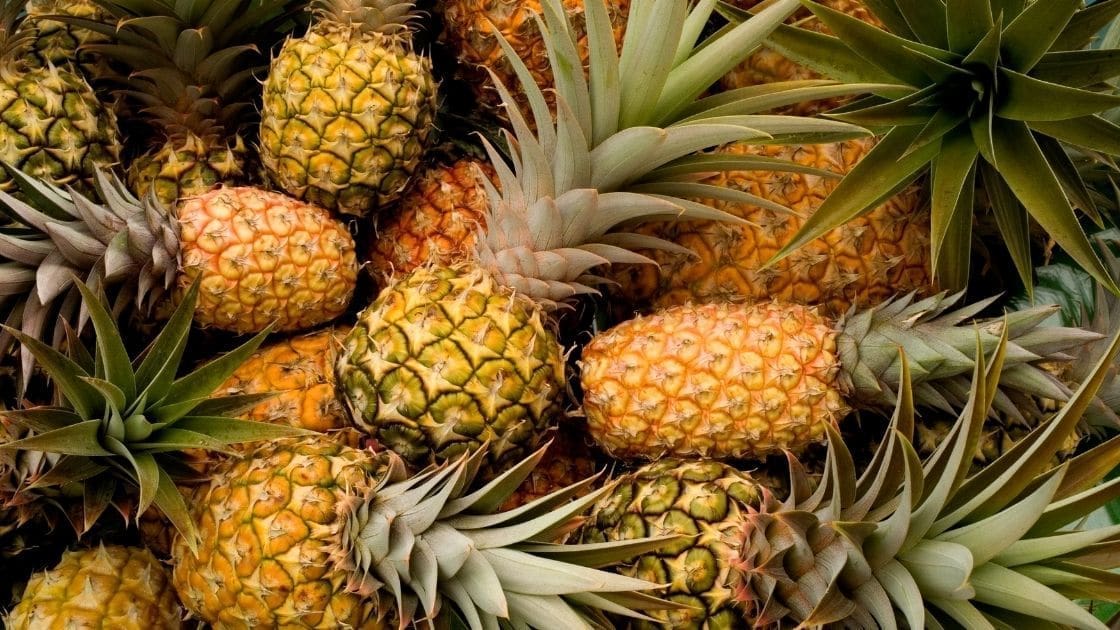Ever wondered what makes linen one of the most enduring fabrics in fashion and home decor? From ancient civilizations to modern eco-conscious collections, linen has remained a symbol of quality, comfort, and sustainability. Its natural fibers, rich history, and versatile applications make it a favorite among designers, manufacturers, and consumers alike. In this comprehensive guide, we’ll explore every facet of linen, uncovering its origins, properties, and future potential. Whether you’re a fashion startup or a seasoned brand, understanding linen’s depths can unlock new opportunities for innovation and storytelling. So, let’s dive into the world of linen—a fabric that combines tradition with modern sustainability.
Section 1: Origin and Source
Linen is derived from the fibers of the flax plant (Linum usitatissimum), a crop cultivated for thousands of years. Its origins trace back to the ancient civilizations of Egypt, Mesopotamia, and the Mediterranean, where linen was prized for its durability and breathable qualities. The flax plant is a hardy annual that thrives in temperate climates, with historical cultivation centers in regions now known as Egypt, France, Belgium, and Ireland.
The raw material—flax fibers—are obtained through a meticulous process called retting, where the harvested flax stalks are soaked to break down the pectins holding the fibers together. Once retted, the fibers are extracted, cleaned, and spun into yarns. Today, countries like Belgium, France, and China lead global flax production, adhering to strict quality standards. The sourcing of flax is crucial; sustainable farming practices, such as crop rotation and organic cultivation, are increasingly adopted to minimize environmental impact.
Have you ever considered how the environmental footprint of flax cultivation compares to other natural fibers? The answer lies in its low water requirements and carbon sequestration abilities, making linen a genuinely eco-friendly option.
Section 2: Extensive History
Historically, linen has been a symbol of wealth and purity. Ancient Egyptians famously used linen for mummification and royal garments, emphasizing its status. The discovery of linen in tombs dating back over 4,000 years highlights its longstanding cultural significance. During the Middle Ages, linen was a staple in European textiles, often used for clothing, bed linens, and ecclesiastical garments.
The Industrial Revolution transformed linen production with mechanization, increasing availability and reducing costs. However, traditional handloom techniques still persist in regions like Ireland and Belgium, preserving artisanal craftsmanship. The 20th century saw linen’s decline due to the rise of synthetic fibers, but recent sustainability movements have reignited interest in natural textiles.
Did you know that linen was once more valuable than gold in ancient Egypt? Its durability and natural luster contributed to its high esteem. Today, brands like Hermès incorporate linen into luxury collections, blending heritage with contemporary style.
Section 3: Physical Properties and Composition
Linen is renowned for its exceptional strength—about 2-3 times that of cotton—making it one of the strongest natural fibers. Its fibers are stiff yet breathable, with a natural luster and a slightly coarse hand feel that softens with washing. The fabric’s moisture-wicking properties keep wearers cool and dry, ideal for warm climates.
Composition-wise, linen is 100% cellulose, derived from the flax plant. Its crystalline structure contributes to its high tensile strength and durability. The fiber’s surface is characterized by a smooth, flat appearance with a natural groove pattern, which contributes to its unique texture.
Performance attributes include high breathability, antimicrobial properties, and resistance to pilling. However, linen wrinkles easily, which is often embraced as part of its aesthetic. Its thermal conductivity helps regulate body temperature, making it suitable for summer wear.
Are there misconceptions about linen’s care or durability? Keep reading to bust some myths and learn how to best maintain this timeless fabric.
Section 4: Applications Across Industries
- Fashion and Apparel: Linen’s breathable nature makes it perfect for summer clothing, including shirts, dresses, suits, and accessories. High-end brands like Ralph Lauren and Chloe have showcased linen in their seasonal collections, emphasizing its luxury appeal.
- Home Furnishings: Linen is a popular choice for curtains, upholstery, bed linens, and tablecloths due to its durability and elegant texture. Its natural look complements both rustic and modern interiors.
- Industrial Uses: Linen’s strength and resistance to degradation have led to niche applications such as industrial textiles, filters, and reinforced composites.
- Niche Applications: Linen’s antimicrobial properties are leveraged in medical textiles, and its eco-friendly profile appeals to sustainable fashion brands.
What trends are driving linen’s resurgence in contemporary design? The focus on sustainability, versatility, and natural aesthetics continues to propel its popularity across sectors.
Section 5: Comparative Analysis
Let’s compare linen with cotton, hemp, and ramie to understand its unique position:
- Linen vs. Cotton: Linen is more durable, has superior moisture-wicking, and tends to be more breathable. However, linen wrinkles more easily and is often more expensive.
- Linen vs. Hemp: Both are eco-friendly, but hemp is stronger and more resistant to pests, making it easier to cultivate sustainably. Linen offers a softer hand with age.
- Linen vs. Ramie: Ramie has a silk-like luster and is more resistant to bacterial growth, but linen has better tensile strength and is more widely used in fashion.
Understanding these differences helps designers choose the right fabric for specific applications and consumer preferences.
Section 6: Environmental Impact and Sustainability
Linen’s environmental footprint is relatively low. Flax cultivation requires less water than cotton, and the plant absorbs significant amounts of CO2 during growth. The retting process has historically been water-intensive, but modern techniques like dew retting and enzyme retting reduce water usage and pollution.
Recyclability is inherent, as linen fibers are biodegradable. Certifications such as OEKO-TEX Standard 100 and GOTS ensure the fabric meets strict environmental and social standards. Eco-conscious brands are increasingly adopting linen, aligning with consumer demand for sustainable fashion.
Are there eco-friendly alternatives that replicate linen’s qualities? Researchers are exploring bio-based finishes and recycled linen fibers to further reduce environmental impacts.
Section 7: Care and Maintenance
Linen is easy to care for but requires some attention to maintain its qualities:
- Wash in cold or lukewarm water on a gentle cycle to prevent excessive wrinkling.
- Avoid bleach, which can weaken fibers and dull the fabric’s natural luster.
- Line dry or tumble dry on low heat; ironing while damp yields the best results.
- Store in a cool, dry place, preferably folded to avoid creases.
Proper care extends linen’s lifespan and preserves its aesthetic appeal. Do you know how to prevent pilling or how linen reacts to different cleaning agents? Keep reading for expert tips.
Section 8: Future Trends and Innovations
Emerging technologies are revolutionizing linen production:
- Bio-engineered fibers: Scientists are developing linen-like fibers from recycled materials and bio-based sources, reducing reliance on traditional agriculture.
- Nanotechnology: Linen fabrics are being treated with nanoscale finishes to enhance stain resistance, UV protection, and antimicrobial properties.
- Smart textiles: Integration of sensors into linen fabrics could enable health monitoring and adaptive cooling or heating features.
Market trends indicate a growing consumer preference for sustainable, multifunctional textiles. Brands like Stella McCartney are leading the way in incorporating innovative linen blends into their collections, setting the stage for a more sustainable future.
Section 9: Conclusion
Linen stands out as a timeless, sustainable, and versatile fabric with a rich history and promising future. Its unique combination of durability, comfort, and eco-friendliness makes it an ideal choice for a broad range of applications—from high-end fashion to eco-conscious home textiles. As technology advances and consumer preferences shift toward sustainability, linen’s relevance is only set to grow. Whether you’re a designer seeking natural aesthetics or a manufacturer committed to environmental responsibility, understanding linen’s intricacies can elevate your product offerings and storytelling. Embrace linen’s legacy and explore its potential in your next project—your customers will thank you.
Ready to incorporate linen into your next collection? Contact Prototype Global for expert fabric sourcing, development, and sustainable manufacturing solutions. Stay ahead of trends and make a positive impact with natural textiles.



